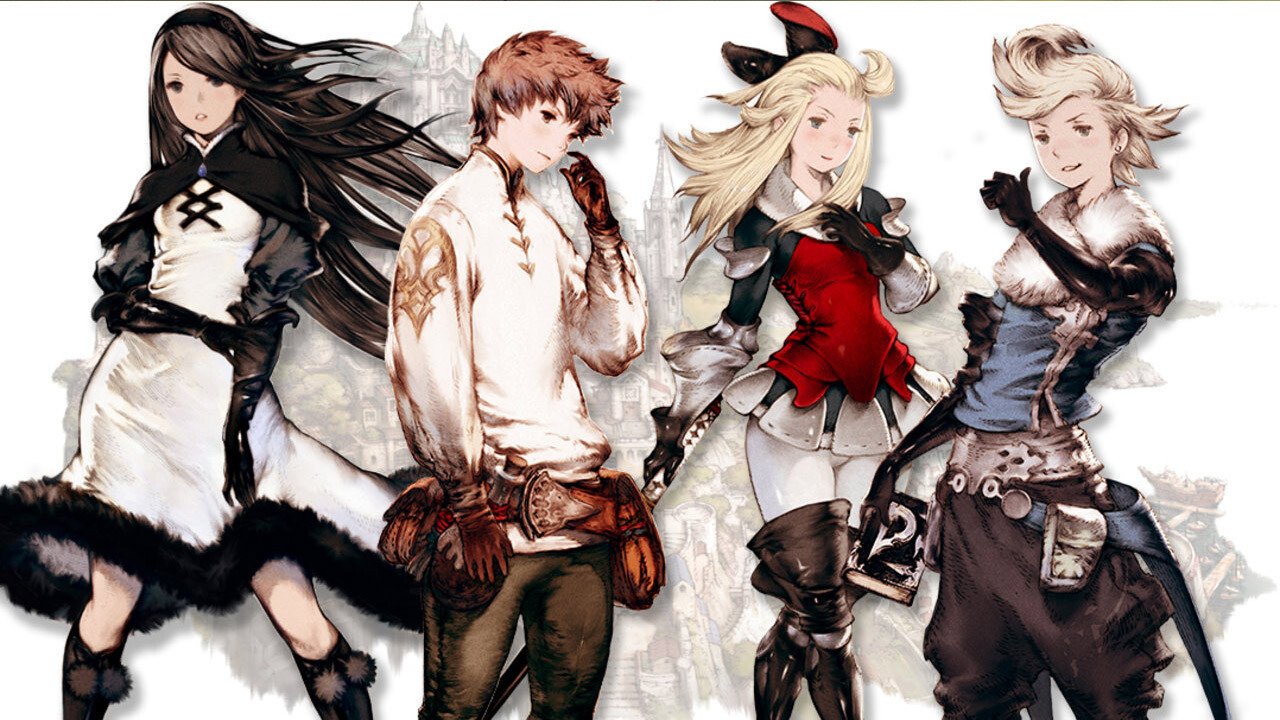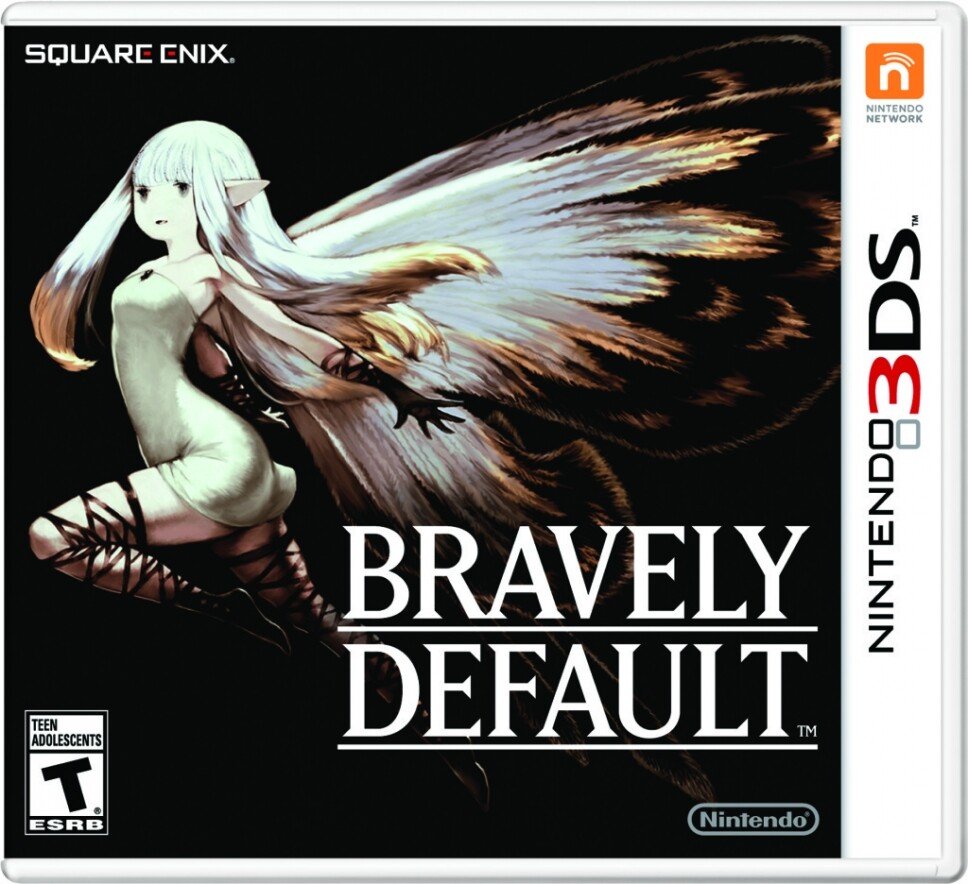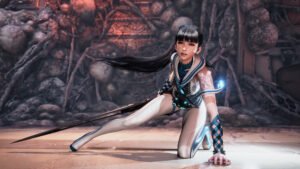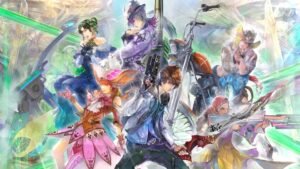JRPG’s have become relics this past generation. With a lack of innovation, and an overdose of nostalgia, it’s hard to recommend many modern counterparts of the genre. Then along comes Bravely Default, a little title that promises to bring relevance to a dying breed. With twists like a random encounter slider, Default spins the way we thought turn-based combat works on its head. Add customizable difficulty settings, and the game sets itself up as a revolution, rather than just a step forward. Unfortunately, beneath the changes lie the traditional genre we once cherished; just updated for a newer console.
Crystal Chaos:
The four crystals that hold the world together are being destroyed, and it’s up to our fabled adventurers to make the world of Luxendarc right again. Tiz, Agnes, Ringabel and Edea all fall under classic fantasy archetypes, but gain depth as their characters develop. Tiz is a carefree farmer who has his entire village destroyed. Agnes is responsible for protecting one of the crystals. Ringabel is a womanizer with amnesia. And Edea is part of a royal family who finds out her country isn’t as honorable as they seem. Their journey commences in a tedious manner, but as more twists and turns are revealed, it transforms into something more intriguing and endearing. If you have no interest in fantasy or melodrama, skipping the cut-scenes is always an option.
Luxendarc is rendered in beautiful hand-drawn landscapes that help hide the pixilated limitations of the 3DS. This is in stark contrast to the atrocious character designs, which are done in the cutesy, Japanese chibi-style. It’s a shame, because the four main characters would have been much more relatable if they had been drawn in the same style as the backgrounds they explore. It adds a disconnect to the gameplay, and the cut-scenes suffer as well, feeling static. These problems might have been forgiven if the voice-acting was passable. Having to listen to Agnes whine incessantly in her vapid, transparent manner is a thing of pure horror. Luckily, there is an option to change the voices to Japanese, which are considerably less painful to the ears.
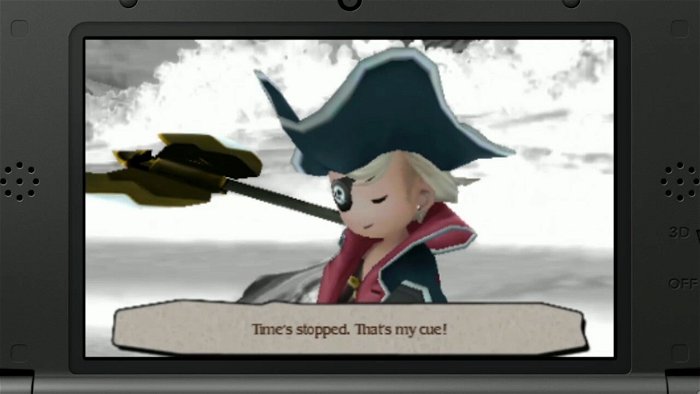
Old Job System Is Old:
Let me turn your attention to the beloved Final Fantasy V. While not known for its narrative, it had an extremely robust job system, allowing for tons of different character classes. This allowed players to customize their team (i.e. do I want a dragon master, or a wizard). At the time it was considered the peak of turn-based combat, despite its shortcomings. Fast forward to 2014, and Bravely Default decides to use (with basically no change) the exact same job function.
And here lies the irony of the entire game. It experiments with many essential advances for JRPG’s, yet relies heavily on overdone traditions. This is by no means a reason to avoid the title, but the idea that this game uses old mechanics as a crutch to stand on takes away from its desperate attempts at innovation.
There are 24 job classes to choose from, each with their own skills and strengths. The one issue is that the later jobs are much better than the ones before it, giving you only a handful of options by the end of the game.
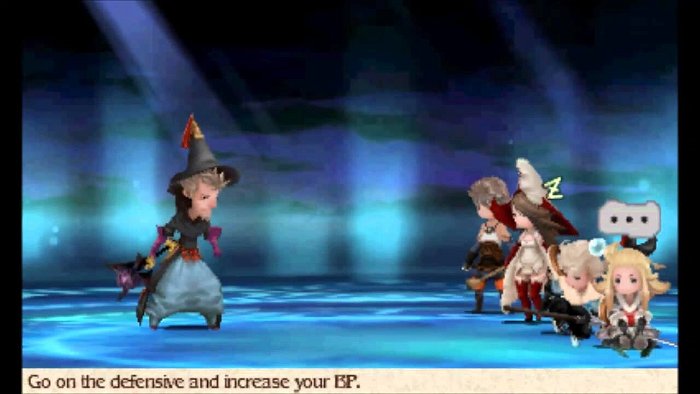
To Brave, Or Not To Brave:
Players might be a bit disappointed by the gameplay, as it follows every old-school trope imaginable. There’s a map screen, a battle screen, and a small mini-game to hold your attention. But if you’re not prepared to trudge down memory lane, the novelty fades quickly.
The new battle features, Brave/Default, do little in the way of variety. Much of the battles revolve around Brave Points, or BP. By building these up, characters are allowed to attack multiple times in one turn. The Brave function allows a member of your team to attack up to four times in one turn. By doing this, he loses as many Brave Points as turns he attacks. If you go under 0 points, you begin losing turns. On the other side is the Default feature, which allows characters to defend in order to build up Brave Points. Theoretically, this would add a huge risk/reward function to battle. Ultimately, though, I found myself just using the Brave function as much as possible to get through battles quicker (rather than for strategy). In the end, it’s an idea that sounds good on paper, but becomes repetitive in practice.
Apart from this, you’ll find all the spells, moves, and equipment from classic Final Fantasy titles. To put it bluntly, it’s Final Fantasy with a different name and a few new additions.
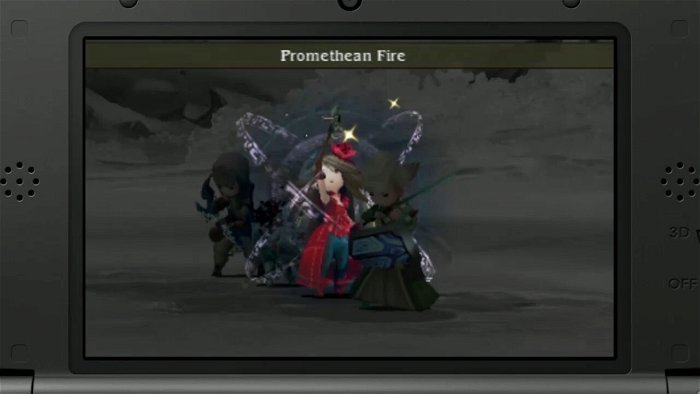
Back From The Future:
Some new features actually do work to improve the genre. The random encounter slider allows you choose how many enemies you, well, encounter. For the heavy grinders, you can increase random encounters to max out your character and job levels. And for those who want a challenge, you can play the entire game without any random encounters, using strategy to defeat the boss encounters. There’s also an option to take away experience, to attempt beating the game without going past Level 1. While initially subtle, this adds for substantial replay value, and a vast array of experiences.
Ironically, the most creative portion of Bravely Default is the Norende mini-game. By meeting players through certain spots (your friends, through the net, etc.), you can use them to help rebuild the town of Norende. Rebuilding towns, and shops, yields items as rewards. It’s the perfect multiplayer option for a JRPG. Imagine Farmville, but the rewards amount to something actually substantial.
Finally, there are the micro-transactions. Purchasing SP drinks, can help with difficult battles. After using it initially, I never tried it again. At no point do they feel like a necessity, and are only there for those who struggle with JRPG’s. So no, it’s not a pay-to-win model.
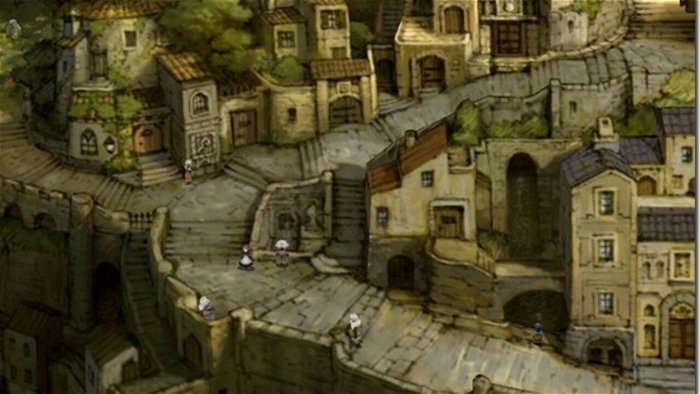
Not So Brave After All:
For better or for worse, Bravely Default is a disjointed experience. It has great new ideas, but they are exercised in a lethargic re-imagining of an aging genre. Despite this, you can bet that Default’s strengths (like the random encounter slider) have given JRPG’s a much needed injection of new flexibility. Rules that should set a benchmark for all future turn-based titles. And I think we can all agree, it’s about damn time.
